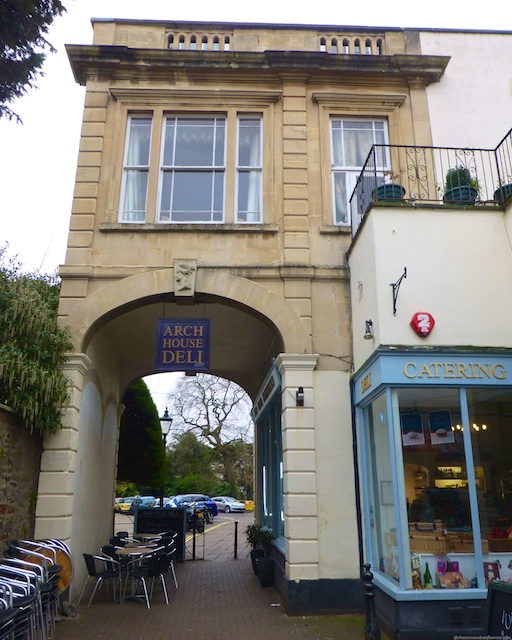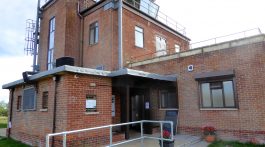There are some places you visit which speak to your heart and you leave wishing to return as soon as possible. Clifton, a quaint village within the city of Bristol, 70 miles, west of London, England, is one such place. I came to know and fall in love with it when our daughter lived there whilst studying at the University of Bristol. Charming, historic and packed with trendy shops and restaurants, Clifton’s avenues are lined with imposing, regency style properties where one expects Jane Austen’s Elizabeth Bennett to appear from at any moment!
Clifton has traditionally been the home of the more affluent. Historically, many who lived in this Bristol suburb, owed their prosperity to the city’s long shipping legacy. Set high above the city of Bristol, Clifton was far removed from the poverty associated with large cities during previous centuries, especially the squalor which surrounded a busy port like Bristol’s. Nestled on the River Avon, Bristol was once the 2nd largest port in England. Trading in a wide variety of goods, Bristol’s main export was woolen cloth. During the slave trade, much of this wealth was derived from the misery of others, when from 1697-1807, 2,108 Bristol ships carried a diabolical, human cargo of about 500,000 slaves making, Bristol one of the three points of the slave triangle, Africa and the West Indies being the other two.
Today, this unhappy legacy is not forgotten but Clifton remains a very desirable area to live. It’s thriving, chic, center is packed with delis, bakeries and artisanal grocery stores, a food lovers haven.

Fresh organic groceries from ‘Reg the Veg’

Boutiques, florists,

and antique shops jostle for position amongst an extensive variety of delicious restaurants and coffee bars.

An Indian feast from Thali Cafe, one of our daughter’s favourites.

The ‘Jane Austen’ style residential streets in Clifton.

Caledonia Place, where our daughter lived, leading down to the Avon Gorge.

The Avon gorge lies at the edge of Clifton. Spanning this deep ravine is the much visited Clifton Suspension Bridge, the world’s first suspended bridge, built in 1864 by the famous engineer Isambard Kingdom Brunel .

There are many memorials to Bristol’s rich history. From Clifton you can see the Cabot Tower built in the 1890s to commemorate the 400th anniversary of the journey made by John Cabot, who sailed the ship ‘The Matthew’ and discovered what we now know as present day Canada.


In and around Clifton many of the buildings are now part of Bristol University. The university’s iconic main building, the Wills Building dominates the skyline It was commissioned in 1912 by George Alfred Wills and Henry Herbert Wills, magnates of the Bristol tobacco company.

Goldney Hall is another beautiful, historic building in Clifton, now owned by the university. Thomas Goldney II first rented, then bought the property in 1705. During the 1720’s he rebuilt the house and the garden. Most of what we see today was the work of his son Thomas Goldney III and the later owners in the nineteenth century, the Fry Family, a prominent Bristol, Quaker family, well known for their confectionery business from the 18th, to the early 20th century.
 Today, it’s university gardens are a favourite spot for Weddings and large social events.
Today, it’s university gardens are a favourite spot for Weddings and large social events.

The stroll up to the Folly offers stunning views of the rest of the city.
If you are ever in this part of England, I highly recommend you stop off and visit, stay in Clifton and discover the museums, cathedral and rich heritage of this vibrant city and the delightful village of Clifton!





No Comment